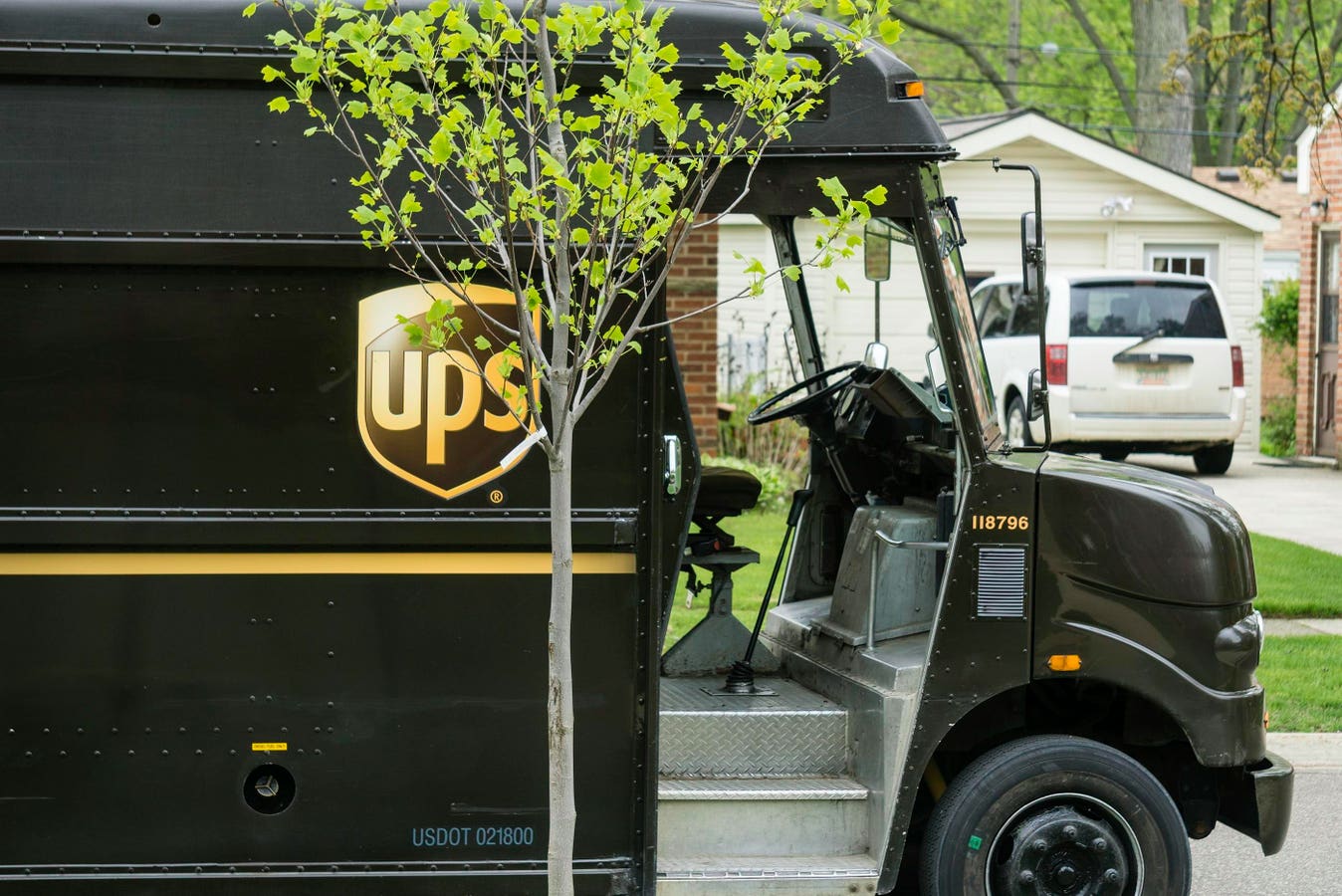UPS’ shares dived over 13% today based on the company’s report that 2nd quarter earnings were down about 30%. Among other things, UPS said that shippers with “explosive” volumes, said by Reuters to be Chinese discounters Shein and Temu, are choosing lower-cost, less rapid delivery options that are squeezing UPS’ profit.
The news also pulled down Fedex stock today by more than 2%.
Why Is This Happening?
There has been an assumption that the retailer or brand that gets its products to consumers fastest will win. Amazon founder Jeff Bezos’ once said he can’t imagine a consumer saying, “I love Amazon, I just wish you’d deliver a little more slowly.”
So Amazon, UPS and Fedex built systems to move goods ever faster.
But the era of free delivery all the time is ending and consumers are being asked to pay for delivery more and more. That is causing them to make different choices than when delivery is free.
If a consumer needs a Shein blouse for a party on Friday night, they might be inclined to pay extra to make sure it comes on time. But if they’re buying their fall wardrobe in July, paying extra for faster delivery makes no sense.
Not every delivery needs to go through the same super-fast logistics system. What’s needed is a logistics system that prioritzes speed and another that prioritizes low cost.
Think about this: If you know you’re going to run out of eggs in a week, you may order them from an online grocer but you probably won’t want to pay a lot for delivery.
But if you have a bowl full of ingredients on your counter and you need two eggs for a recipe and you don’t have them and the guests are coming in 90 minutes, you’d probably pay a lot for eggs to be delivered in 15 minutes.
Those two types of egg purchases require two different logistics systems. Putting the regular order for eggs through the rapid delivery is highly inefficient, it increases costs without delivering increased value.
Now that the era of always-free home delivery is ending, it’s easier to see that multiple types of distribution systems are required. The very local, fast warehouse that bring your things in 15 minutes is valuable but not all the time. More efficient facilities that can handle moving things more efficiently but are less sensitive to immediate need are also required.
Imagine if when you ordered your eggs you had two choices: getting the eggs in two days at the regular price or paying twice as much to have them at your door in 20 minutes. You would never choose the fast delivery if you didn’t have to. But when you needed it, you’d gladly pay twice the regular price to have it super fast.
That is where the world is going. UPS is saying that its facilities that can move things very quickly are being used to move them more slowly and that isn’t working for their earnings. Consumers, brands and retailers are being more judicious about paying for delivery costs that they don’t need.
In grocery, we are seeing fast, local, 20-minute distribution centers be created. That system is not for most non-urgent deliveries. But when the need is urgent, they make lots of sense.
It means that the delivery business has gotten much more complex. It has to avoid putting the slow-moving items into the fast system and not put the fast-moving items into the slower system. When it works right, it offers consumers the right service at the right price and everyone makes money.
When it’s wrong, consumers are unhappy, logistics sytems don’t work right and delivery companies like UPS make much less money. Now that online shopping and home delivery are such important parts of retail, the delivery system appropriate to the speed required has to be built and engaged.
The end of so much free delivery has triggered an inevitable reckoning among logistics systems. In some cases, an entirely new logistics channel has to be created. That will take time but it is going to happen. It is going to cost a lot to build and maintain but it is where delivery has to go.
Read the full article here





